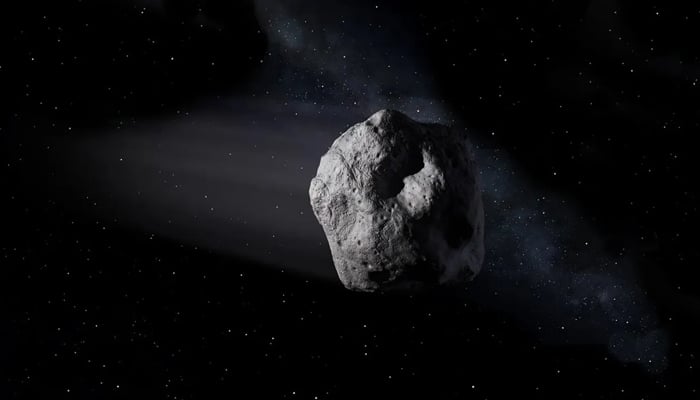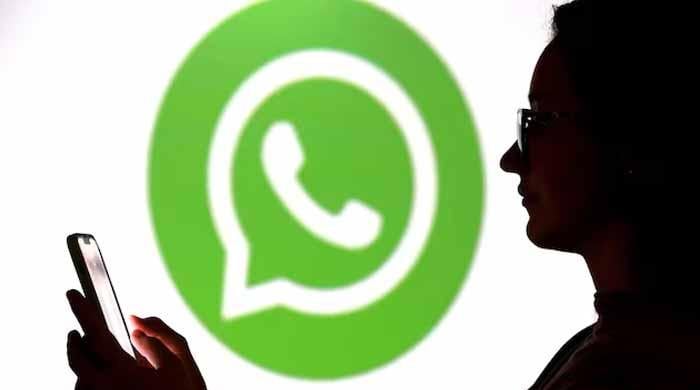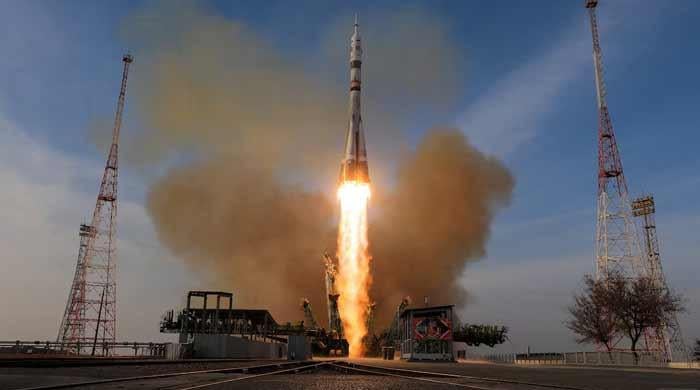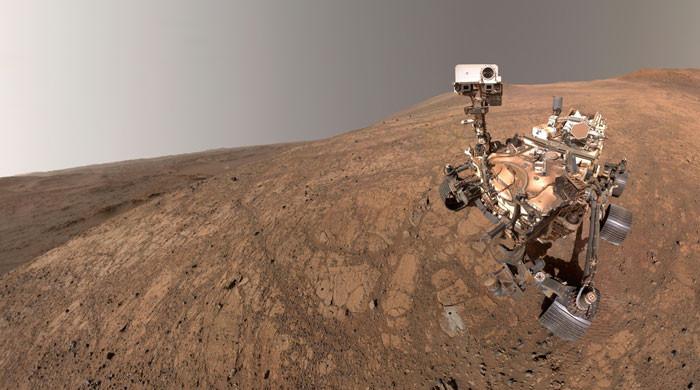Asteroid could hit moon in 2032, says Nasa
Asteroid's projected trajectory suggests it could potentially cause widespread damage across various regions
June 10, 2025

Asteroid 2024 YR4, previously regarded as the highest recorded impact risk to Earth, has once again garnered attention due to a slight increase in the probability of impacting the moon in 2032.
Currently too distant for observation from Earth, the asteroid was briefly visible in May via the James Webb Space Telescope (JWST). Utilising data obtained from the telescope's Near-Infrared Camera, a research team led by Andy Rivkin from the Johns Hopkins Applied Physics Laboratory has refined predictions concerning the asteroid's trajectory for December 22, 2032, achieving an accuracy improvement of nearly 20%, reported Space.com.
This revised trajectory has elevated the probability of a lunar impact from 3.8% to 4.3%, according to a recent update from Nasa.
"As data comes in, it is normal for the impact probability to evolve," the statement read. Even if a collision occurs, "it would not alter the moon's orbit."
Astronomer Pawan Kumar, a former researcher at the Indian Institute of Astrophysics in Bengaluru, affirms that the moon is a secure object in the context of potential asteroid collisions.
He states that a collision involving the moon "will not be a cause for concern," as any debris generated from such an impact would tend to disintegrate in Earth’s atmosphere before posing any risk if it were to enter near-Earth space.
The asteroid designated 2024 YR4 was first detected on December 27 of the previous year and is estimated to measure between 53 and 67 metres (approximately 174 to 220 feet) in length, which is comparable to the size of a 10-story building.
Initially, the asteroid captured media attention due to its assessed possibility of striking Earth, reported to be over 1%. This figure represented the highest recorded probability for any large asteroid. Subsequent observations in January and February indicated a rise in the impact risk, from 1.2% to a peak of 3.1%.
At that time, the asteroid's projected trajectory suggested it could potentially cause widespread damage across various regions, including the eastern Pacific, northern South America, Africa, and southern Asia.
Should it enter Earth's atmosphere over the ocean, Nasa assessed that it was unlikely to create significant tsunamis; however, an airburst over a densely populated urban area could result in shattered windows and minor structural damage.
The probability of impact decreased significantly as additional orbital data became available. By February 19, the risk had declined to 1.5%, then further reduced to 0.3% by the following day.
On February 24, Nasa communicated an official "all clear" via social media, reporting that the probability of impact had fallen to a mere 0.004%, concluding that the asteroid is "expected to safely pass by Earth in 2032."












